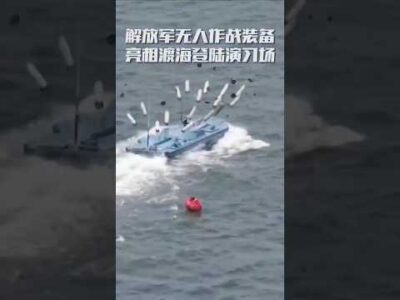According to the TASS agency of Russia, the U.S. armed forces failed to detect Russia’s project 955 (Borei class) submarine The Alexander Nevsky during its voyage from Russia’s Northern Fleet to the Pacific several years ago by virtue of its low noise and special manoeuvers performed on the way. The basis of the claim is the testimony of the submarine’s former commander.
“As far as its stealth parameters are concerned, in this respect, we are far ahead of our own and foreign ships. The characteristics of US ships are nowhere near our low noise levels,” the commander said about The Alexander Nevsky’s features. The submarine made a 42-day voyage from the Northern Fleet to the Pacific Fleet in 2015. During the journey, it remained on the surface for twelve days. The commander recalled that the United States learned about the voyage only when the submarine arrived in Vilyuchinsk, the Kamchatka Peninsula.
“Participation of the fleet’s forces, competent use of the submarine’s capabilities and special manoeuvers upset the United States’ attempts to monitor the submarine on the way. The Americans ‘woke up’ only when we arrived at the pier. In fact, they lost our track at a certain point,” the commander added.
Low noise, imperceptible trail in the water and other stealth features make Russia’s Borei class submarines invisible to many of the current foreign counterparts. “This explains why even in the Bering Strait, where the US coast is visible to the naked eye, we remained unnoticed and sailed past quietly and calmly,” commander concluded.
For sure, this is a claim. To proof the claim we need to see more details about the submarine’s voyage records and U.S. assets’ position information.
The Alexander Nevsky submarine:
The Alexander Nevsky is a second strategic nuclear-powered submarine of project 955 Borei. Its keel-laying ceremony at the Sevmash shipyard in Severodvinsk was held on March 19, 2004. The sub was set afloat in November 2010. Officially the submarine became organic to the Pacific Fleet in December 2013, but territorially it had remained at a Northern Fleet base for testing its main weapon – the ballistic missile Bulava. The submarine is capable of carrying 16 such missiles.
















Comments